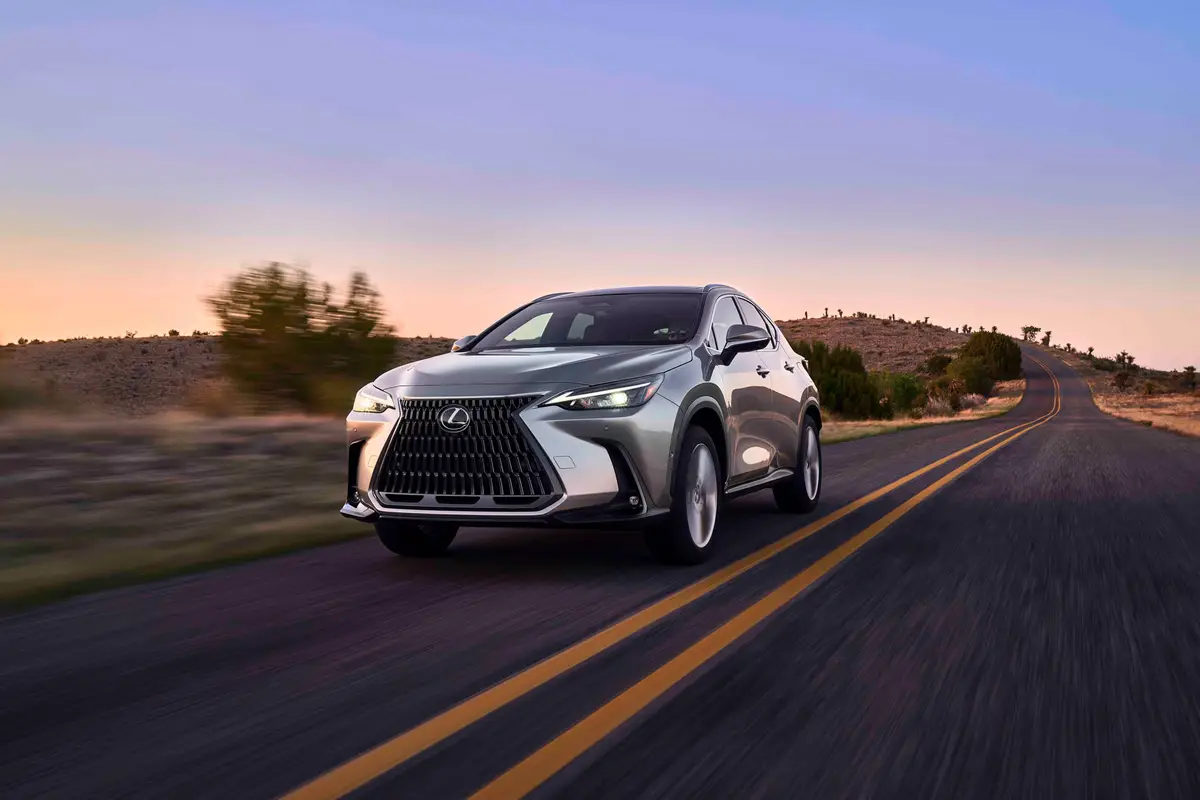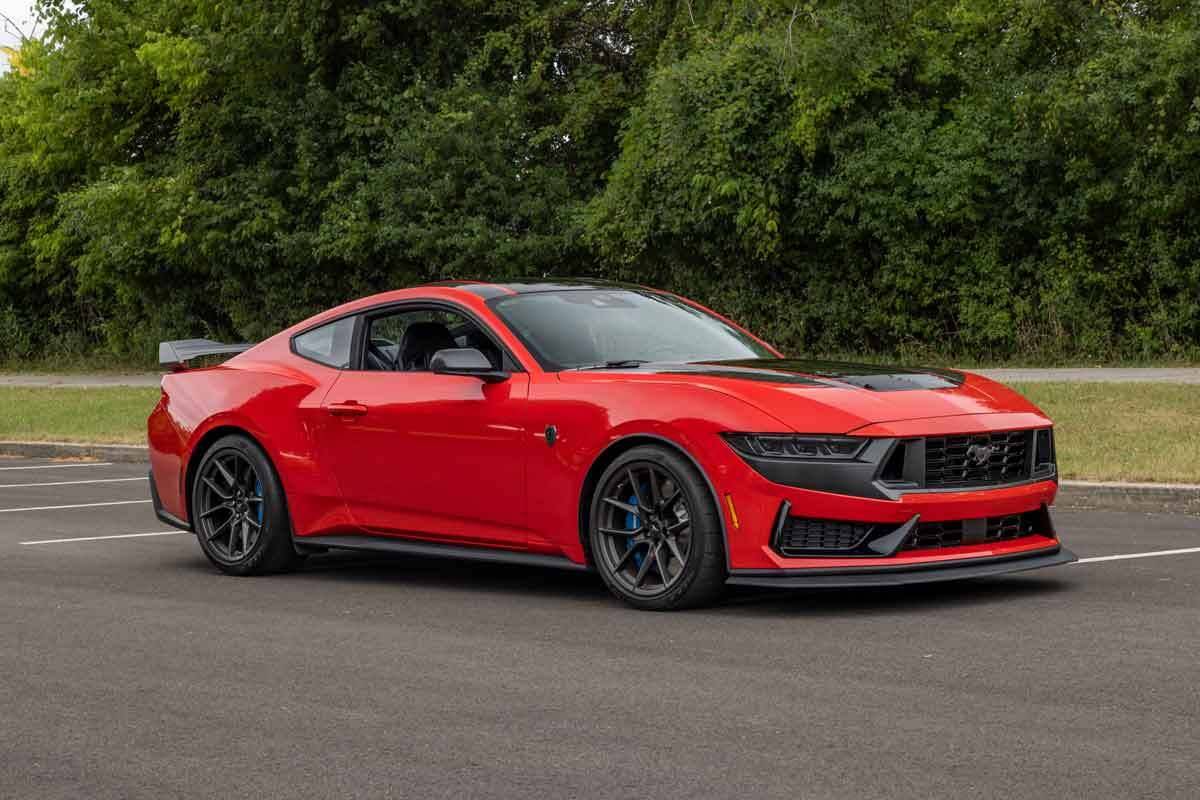chicagotribune.com's view
The Chevy Camaro has been left for dead more often than the Chicago Cubs.
Yet, the 1997 coupe, which bowed in September 1996, is celebrating its 30th year on the market.
So you appreciate just how long 30 years is, the mini-skirt was just coming into fashion when Camaro was introduced, the minimum wage was $1.60 an hour and the coupe started at about $2,466.
Also for historical purposes–and in case you are ever asked in a trivia contest–three names proposed for Camaro that didn’t make the cut were Wildcat (Buick got it), Gemini (the space program had it) and Panther (Ford got it).
Camaro is the little rear-wheel-drive sports coupe that popularized the long-hood, short-deck design and gave those with Corvette appetites but Chevette budgets a rendition of the American sports car.
Top up or down, screaming V-8s when gas was in ample supply and dirt cheap, four sickly cylinders when filling up required moving to the end of the line and handing over your wallet.
Sales up and down. And each time the numbers slipped, the rumors of the car’s demise spread quickly. Yet, it has outlived Caprice and is still going strong–strong enough to merit a styling remake for the 1998 model year with refinements that owners have been begging for for 30 years, such as room and comfort and–especially among women–the ability to enter or exit the vehicle in a skirt without ending up on Page 1 of a tabloid. More on the ’98 later.
We tested the 1997 30th Anniversary model in coupe version. It also is offered as a convertible.
It’s a sweet thing, though as trite as it sounds, the best is yet to come. The same folks who diddled with the 1997 Corvette have lent the folks in charge of reviving Camaro some tips for 1998.
The strength of the anniversary Z28 we drove is the 5.7-liter, 285-horsepower V-8, with 4-speed automatic (6-speed manual, a no-cost option). Quick? Sure. But what makes the 5.7 special is the perfect pitch and resonance of the exhaust system sound effects that give the impression you are being launched from the light. The throaty, muscular rasps from the twin exhausts make it sound as if you just entered the back stretch at Daytona.
Dick Almond, brand manager for Corvette and Camaro, said it is only logical to assume that a version of the 345-h.p., V-8 in the ’97Corvette is going to make its way into the Camaro, just like versions of the ‘Vette LT V-8 have. We hope the exhaust goes with it.
The suspension system is not unduly harsh, and you won’t get rocked and rolled around the cabin each time you strike a blemish in the pavement though you are sitting perilously close to the asphalt. Ride isn’t bad, but you do feel weight in the wheel and handling isn’t as crisp as you have to suspect it will be in 1998, when a major suspension remake with computer-controlled damping probably will be offered in at l east one model, say the Z28.
The 16-inch radial tires do an admirable job of clinging to the road. The acceleration slip regulation (ASR), a traction assist system that reduces tire slippage in aggressive acceleration, performs up to its billing, and the four-wheel anti-lock brakes bring you back to reality without quiver.
What sets the anniversary model off from other Camaros is the decor package–Arctic white exterior with “hugger” orange stripes across hood, roof and deck lid, a tribute to the days when Chevy advertised the car as “the Hugger,” for what was then considered road-hugging suspension.
The seatbacks and bottoms are finished in black and white hounds tooth (all-white seats are optional for those who never let dirt in their car). OK, the black and white houndstooth (orange and white in ’69)doesn’t go very well with the orange stripes. A colleague described the decor looks like “a poorly dressed golfer” which, of course, is a redundanc y.
Still, kudos to Chevy for widening the seats and upgrading the cushions for better support and long-distance comfort, sorely needed for those to whom ABS means brakes, not a abdominal fitness. Seat roominess and comfort is especially important considering Chevy says most of those who purchase a Camaro are 45 to 50, folks who have the dough to buy what they want and whose kids are old enough that they can trade the van for something fun.
Nice touches include two front and two rear cupholders, an auxiliary power outlet in the lower dash for such accessories as phones to call your lawyer when you forget to plug in your radar detector, daytime running lamps and a center console that holds coins, CDs or cassettes, and a sound system that even those with a tin ear will appreciate.
The drawback is the dramatic size of the window sticker with a list of options longer than the list of standard equipment. Someone needs to tell Chevy that the minimum wage hasn’t gone up by all that much in the last 30 years.
Camaro sales reached a record 247,400 in the 1978 model year. By comparison, sales in the 1996 model year were 75,000.
Rear-wheel-drive sport coupes are just one victim of the popularity of sport-utility vehicles, Cheryl Wilks, assistant brand manager for Camaro, said as the reason for the sales decline. That and the fact insurance companies treat two-door sport coupes as if they carried the plague.
“There’s a segment out there that needs and demands rear-wheel-drive sporty Pony cars. As long as that group demands it, we’ll sell it,” Wilks said.
And as long as Ford keeps building a rival Mustang, you can be sure there’ll be a Camaro.
>> 1997 Camaro Anniversary Z28 coupe Wheelbase: 101.1 inches Length: 19 3.2inches Engine: 5.7-liter, 285-h.p., V-8 Transmission: 4-speed automatic EPA mileage: 17 m.p.g. city/25 m.p.g. highway Base price: $20,115, plus $575 for 30th Anniversary appearance package with body striping and black-and-white houndstooth seat covers. Price as tested: $23,461. Includes $1,266 for the Z28 preferred equipment group with electronic speed control, remote hatchback release, fog lamps, power door locks, power windows with driver’s side express down, power mirrors, leather steering wheel cover, remote keyless entry, four-way manual driver’s seat and theft alarm; $450 for acceleration slip regulation (traction control); $315 for electronically tuned AM stereo/FM stereo with seek and scan, digital clock, CD-player and speed-compensated volume control; $270for six-way power driver’s seat, which is two ways and power operated better than the four-way manual seat you paid for in the Z28 package; $170 for electric rear window defroster; $225 for low-profile 16-inch radials; $60 for bodyside moldings; and $15 for color-keyed floor mats with 30th anniversary logos. Freight runs $525. Pluses: Potent V-8. Exhaust that sounds like you’re lapping the leaders at Daytona each time you skip from the light. Dual air bags and ABS standard; traction control among the myriad options. Paint stripe package gets a thumbs up. Minuses: Any more options and the sticker would take up two windows. Orange-striped body panels and black-and-white houndstooth seat covers are an oil-and-water mix. >>
Latest news



